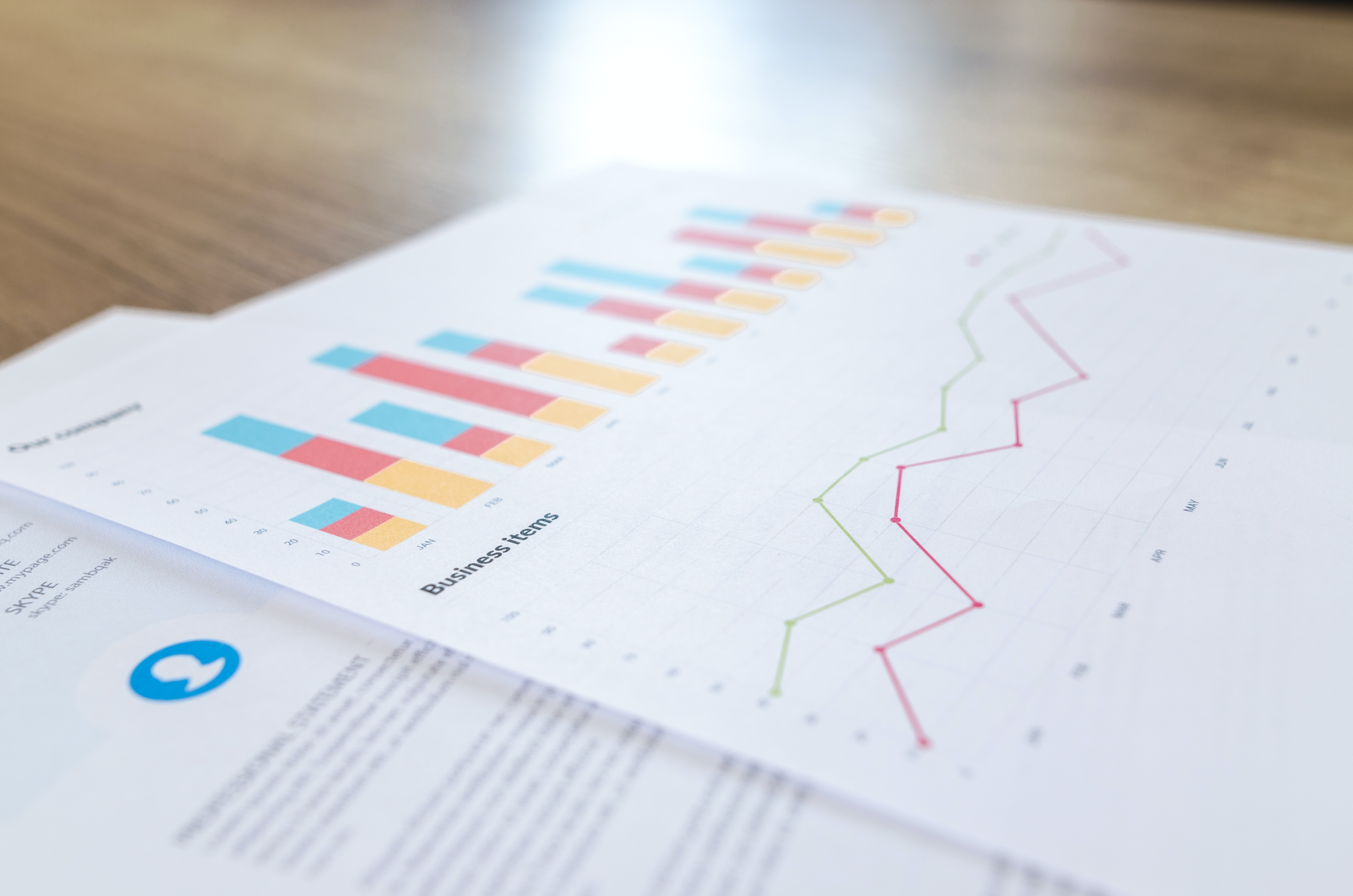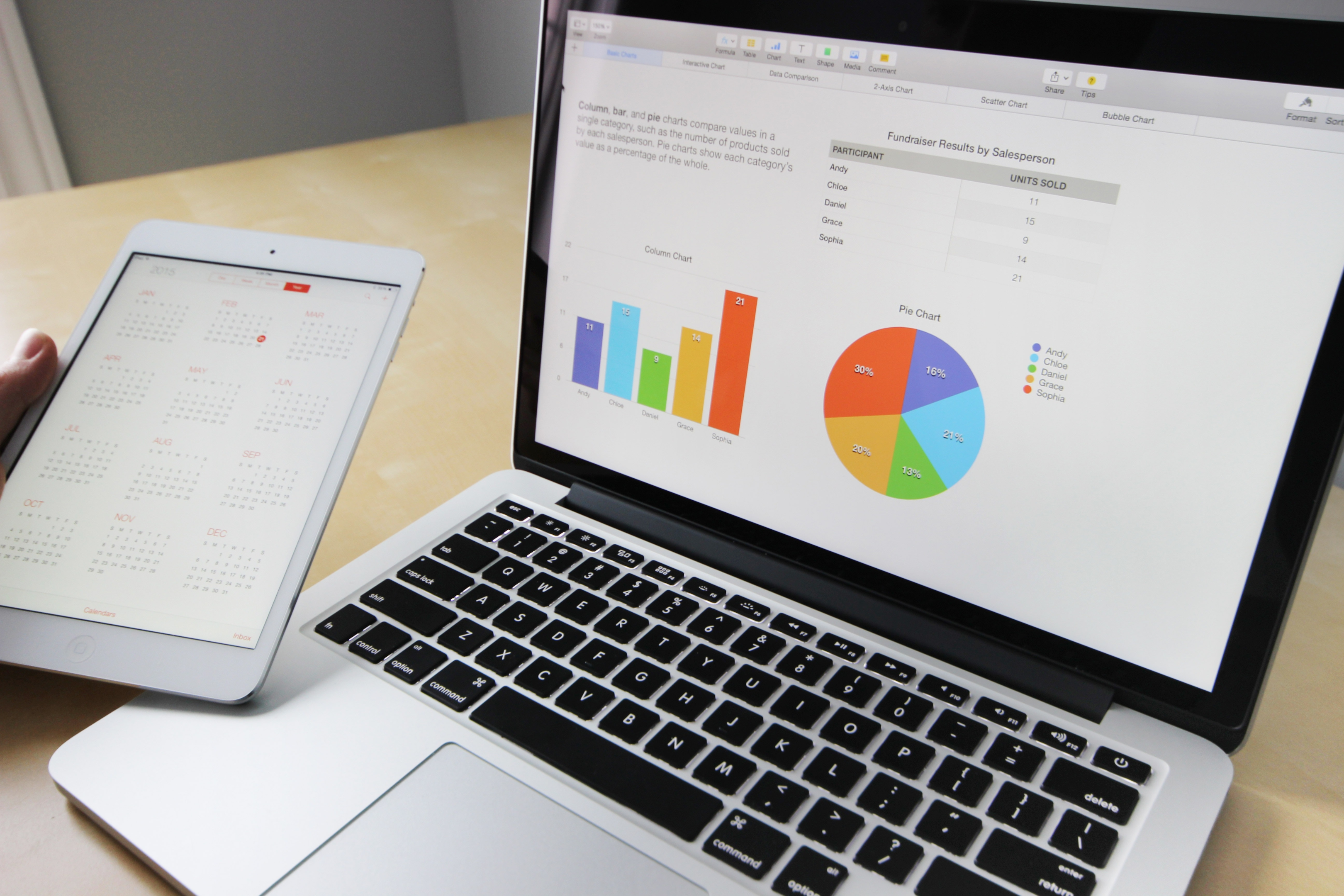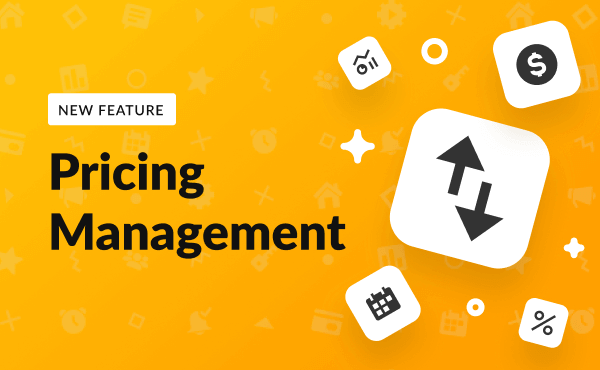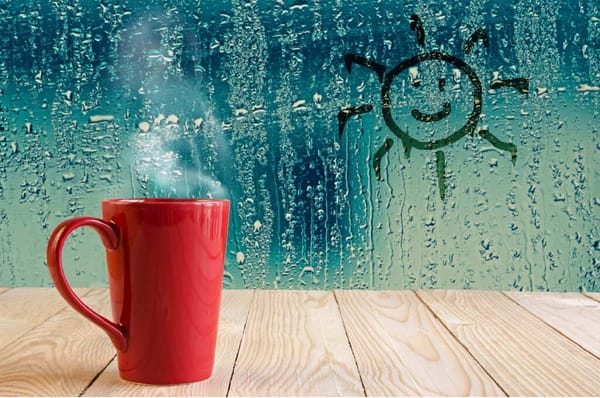A Beginner's Guide to Understanding Airbnb Analytics and Maximizing Your Revenue

The short-term rental market has expanded at a tremendous speed and with that the competition and need for accurate data too. It’s only when property managers and hosts take the time to review data that they can get unique insights about their market and own performance. Armed with this information, they’re in a much better position to distinguish themselves from the pack and increase their revenue.
Gathering the accurate data needed to boost the performance of your listings can quickly become a time-consuming activity if you don’t know where to look, though. Then, you’ll also need to find tools to help you aggregate all the different data. Airbnb’s own platform and a simple spreadsheet are good places to start, but there are better ways to analyze and compare the performance of your vacation rentals as this blog post will explain.

Using Airbnb for Airbnb Analytics
If you mostly list your vacation rentals on Airbnb, you’ll find the platform useful (however, only to some degree). It offers a number of professional hosting tools that you can access via Account Settings. You can, for example, use these professional tools to monitor your performance by identifying your best-performing listing (a useful feature if you have a portfolio with several vacation rentals). Alternatively, you can also review the historical performance of all your listings over the past year.
By including data about your upcoming bookings, you can also review the future performance of your listings. This can come in useful in determining seasonality trends, for example. However, remember the proverb of never to count your chickens before they hatch. Cancellations happen — one of the major lessons the pandemic has taught hosts and property managers.
If you want to see how you stack up against similar listings in your neighborhood, you can also use Airbnb’s professional hosting tools to draw comparisons. This is probably the only time when it’s advised that you keep you with the proverbial Joneses.
To access these performance metrics, you simply go to Insights where you’ll see data for:
- Hosting progress
- Conversion
- Occupancy and rates
- Quality
- Earnings
Overview of Key Airbnb Performance Metrics
While Airbnb’s own dashboard is a good starting point, there are various other Airbnb analytics that Airbnb hosts should track too. Here are additional metrics that you’ll also want to include in your analysis:
Occupancy rate
Occupancy rate is one of the most critical performance indicators. Tracking your occupancy rate will give you insight into your overall performance as well as if your pricing strategy works.
Here’s a formula for working out your average occupancy rate:
(The number of booked nights ÷ The number of available nights) X 100 = Average occupancy rate
It’s important that you compare your answer to your city’s average occupancy rate. Otherwise, the number won’t make that much sense. For example, if your number is significantly higher, it could mean that your nightly rate is too low. On the other hand, if it’s drastically lower, you’ll need to consider dropping your price.
Nights booked/vacant
While you’ll find occupancy rate more informative, knowing the number of nights a property has been booked in a year can also be important. This is especially true if your listing is located in a city with strict regulations that cap the number of booked nights.
The vacation rental platform that you use will list this number somewhere. If you use a vacation rental software solution like iGMS, you can work this out by referring to the number of confirmed reservations displayed on the dashboard.
Average daily rate (ADR)
For a better understanding of how much money a property can generate, you’ll need to know its average daily rate.
Here’s a formula for working out your ADR:
The total revenue generated by reservations ÷ The total number of nights booked = Average daily rate
As you’ll see, no mention is made of any operating costs. So, this merely the earnings potential.
A high ADR isn’t necessarily always positive. If you calculated your average occupancy rate and discovered that it was lower than your area’s occupancy rate, your ADR might be too high.
Revenue per available room (RevPar)
For a more comprehensive picture, you need to combine your average daily rate with your occupancy rate. To do that, you can work out your revenue per available room.
Here’s a formula for working out your ADR:
Total room revenue ÷ Number of available rooms = Revenue per available room

Average length of stay (ALOS)
With long-term stays on the increase, it can also be a good idea to monitor the average length of stay. If you notice that your guests’ stays tend to become longer, investing in certain amenities that will make your property more geared for longer stays, like a washing machine and dedicated home office, can be a smart move. It can also give you a good idea if it will make sense for you to offer monthly discounts.
Here’s a formula for working out your ALOS:
The total nights occupied ÷ The total number of bookings = Average length of stay
This number doesn’t really give an indication of your property’s performance, but rather a glimpse into guest preferences. Alternatively, if you want to focus more on long-term stays and have already started to introduce changes to your strategy to attract more of these types of bookings, measuring your ALOS regularly can give you an indication of if your efforts are paying off.
While you don’t necessarily need to focus more on long-term stays, it’s key to remember that too many short stays can have a negative impact as it will call for more cleanings which will increase your operating costs.
Total revenue
Working out your total revenue is one of the easiest calculations. All you need to do is add up everything that your guests have paid such as your nightly rates, cleaning fee, and any other fees for extra services rendered. You will need to know this number to evaluate your profit potential as well as to calculate other important numbers like your guest acquisition cost.
Guest acquisition cost (GAC)
If you focus a lot on marketing, measuring your guest acquisition cost (GAC) will be important. In short, it determines how much it typically costs to attract a new guest.
Examples of guest acquisition activities include:
- Advertising costs
- Commission paid to online travel agencies (OTAs)
- Costs relating to your direct booking website (if you have one)
Here’s a formula for working out your GAC:
(The total amount spent on guest acquisition activities ÷ The total revenue per property) X 100 = Guest acquisition cost
To maximize your profits, you’ll want to keep this cost as low as possible. Typically, the higher your GAC, the less profitable your vacation rental business becomes.
Net operating income
Guest acquisition costs are only one of the expenses involved in running a short-term rental business. In fact, if you mostly rely on platforms like Airbnb, you’ll probably find that you need to spend very little on extra marketing. There are many other running expenses like:
- Cleaning fees and supplies
- Property maintenance
- Internet
- Vacation rental insurance
For a more accurate understanding of your expenditure, you’ll need to monitor your net operating income.
Here’s a formula for working out your net operating income:
Gross income — Operating expenses = Net operating income
The difference between your total revenue and net operating income shouldn’t be too huge. If it is, see where you can reduce your expenditure.
Response times
While your average response time won’t reveal the financial health of your short-term rental business, it will tell you more about the guest experience that you’re currently delivering. Plus, Airbnb encourages hosts to respond as quickly as possible and will reward hosts who reply within 24 hours with a higher ranking.
Here’s a formula for working out your average response time:
The total time it took to respond to all your different inquiries ÷ The total number of inquiries you received = Average response time
While you’re at it, it’s also good to track how many of your inquiries actually convert into bookings. After all, that’s the ultimate goal. In fact, it doesn’t matter in which industry you operate, tracking your conversion rate is essential for all types of businesses. It can give you a glimpse into whether your offering (aka your listing) meets the expectations of your target audience as well as how well you’re performing in terms of guest communication.
Here’s a formula for working out your inquiry-to-booking conversion rate:
The number of distinct inquiries you received ÷ The total number of bookings for that property = Inquiry-to-booking conversion rate
In addition to the response rate, Airbnb also keeps guest reviews in mind. Just like your response time will give you (and the different vacation rental platforms) a good idea of how you’re responding to guest expectations, your reviews will do the same. However, unlike response time that’s quantifiable, it’s more difficult to use guest reviews to quantify your guest satisfaction. Sure, they give you a rating using a five-point scale, but the true value is uncovered when you read the actual review.

Tracking and Analyzing Your Airbnb Performance
To help you make sense of all this data, you need to have a system in place. Here’s a brief overview of two of the most popular tools that you can use:
Spreadsheets
Spreadsheets might be considered by some as an old-school approach, but it remains one of the most user-friendly and cost-effective tools to have in your PropTech stack. It’s especially useful if you work as part of a bigger team.
You can, for example, create a shared spreadsheet in Google, making it easy for all the different property managers and other relevant team members involved to review data. That being said, if you plan on adding loads of data, it can become more difficult to keep track of everything.
Vacation rental software
Unlike spreadsheets that require a lot of manual input, when you use vacation rental software much of the workload will be completed and updated automatically — and in real-time. You can, for example, check out iGMS vacation rental software. It offers an intuitive dashboard where all your data from your different booking channels will be displayed, making it easy to measure activities across all your channels at a glance and visualize your performance.
It focuses on two key areas: your business performance and guest communication. The following are some of the metrics that it will help you to monitor:
- Occupancy rate
- Total revenue
- Number of booked nights for a current month
- Average daily revenue
- Inquiry-to-booking conversion rate
- Average response time
In addition to its functional dashboard, it also offers a PROtrack toolkit as an add-on as well. This is a great feature if you have a bigger team to help you with daily tasks like guest communication and support.
Strategies for Maximizing Your Airbnb Revenue
All these different numbers will give you a lot more insight into your business, but to be able to improve your revenue will require practical steps. Here are a few easy-to-implement strategies that will move the needle in the right direction:
Invest in high-end amenities/include extras
If your analytics reveal that your average daily rate is low, you can’t simply decide to start asking more per night. It’s not as straightforward as that.
First, you’ll need to double-check that you offer enough value. Depending on what your investigation reveals, it could make financial sense for you to buy a couple of high-end amenities like a new coffee machine or install a hot tub.
Another way that you can improve your value proposition is by offering extras to your guests. This doesn’t necessarily need to be in terms of furnishings, but can also come in the form of services. From dry cleaning to transportation, there are several services that you can consider to include in the nightly rate.
Refine your target market
If you want to boost your occupancy rate while at the same time decrease your guest acquisition cost, take a look at your target audience again. By refining your target audience, your marketing will become more effective. This could mean that you’ll find yourself having to spend less on acquiring new guests.
The truth is that your listing won’t tick everyone’s boxes. Why try to market it to all types of guests then?
Research similar listings
To understand your Airbnb analytics accurately, you need to benchmark your performance against that of your competitors. You might be happy with your occupancy rate, but it could be below par compared to what others are enjoying.
Researching similar listings is especially important when it comes to setting your daily rate. As mentioned earlier, you need to offer value. Fail to do that and your occupancy rate along with a whole lot of other numbers like your total revenue, guest acquisition cost, etc. will suffer.
The goal of the game, though, isn’t to find a way to let your Airbnb analytics be significantly different. Instead, use your competitors’ performance as a guideline to see if you’re on the right path.
Wrapping Things Up
From pricing to platform distribution, there’s a host of Airbnb analytics that hosts can track. Luckily, vacation rental software has also developed over the years and there are various solutions that you can use to get a more comprehensive picture.
Checking this data regularly won’t only help you with your own current performance, but it will also be helpful if you’re thinking about investing in other cities. Researching the competition and market is key if you want our project to succeed.
Check out iGMS vacation rental software for its intuitive dashboard where you can measure activities across all your channels at a glance and visualize your performance.
On top of the dashboard and PROtrack toolkit, it also helps you:
- Synchronize reservations across multiple platforms to eliminate double bookings.
- Automate the process of guest review send-outs.
- Create and coordinate cleaning tasks with live tracking to completion.
- Securely process payments via integration with Stripe.





![Your Monthly iGMS Roundup [February 2020]](/content/images/size/w600/wordpress/2020/02/igms-roundup-feb-2020-cover.png)

